Simple Cake Recipes Biography
Source(google.com.pk)Duff has been cooking since the age of 4, when his mom caught him in the kitchen swinging a meat cleaver while watching Chef Tell on TV. While in second grade, he came close to cutting off his pinkie while carving a pumpkin, and knew he was destined to work in the kitchen. Duff started working professionally when he was 14 at a bagel shop, where he was almost fired for making the sandwiches too big. Ever since then, he’s been putting his own crazy spin on food.
After graduating from the University of Maryland, Baltimore County, with degrees in history and philosophy, Duff went on to study at the Culinary Institute of America at Greystone in St. Helena, Calif. He worked at several acclaimed culinary destinations, including the French Laundry, the Vail Cascade Hotel and Todd English's Olives before returning to Baltimore in 2000 to become a personal chef.
In March 2002, Duff quit his day job and opened Charm City Cakes. There, he was able to show off his creativity, which comes from a long line of artistic genes. The bakery became a household name on the hit Food Network show Ace of Cakes, which aired for 10 seasons. Duff is also a graffiti artist, a metal sculptor and a musician who plays bass in the Elvis tribute band Danger Ace and the indie band Sand Ox. More recently, Duff and his team opened a second bakery location, Charm City Cakes West in Los Angeles.
Currently fans of Duff can find him on Food Network's new series Holiday Baking Championship, where he serves as judge. The show puts home bakers to the test in a holiday-themed competition for a chance to win a grand prize of $50,000.
Donal Skehan may look like a sixth member of 'One Direction' and he has dabbled in the music industry
but don’t let his boyish looks fool you. This is one TV chef/food photographer/food writer who's been around the block.
Born into a foodie family in Dublin, Ireland his parents own a food production company Donal’s been experimenting in the kitchen since the tender age of four. Before his culinary career kicked off, he had had some success in the Irish music industry, scoring two number one hits on the Irish Singers Chart with boy band ‘Streetwize’. But the kitchen soon called him back, and in 2007 he started a blog dedicated to his foodie adventures and recipes called Good Mood Food.
After six months of blogging, Donal was approached by an editor and asked to turn his pet project into a fully-fledged cookbook. ‘Good Mood Food’ was released in October 2009 and, filled with easy recipes for the enthusiastic home cook, it led to Donal being hailed as Ireland’s answer to Jamie Oliver.
Kathleen’s love of baking and cake decorating started when she was old enough to remember helping her mother bake and her parents bought an “Easy Bake Oven” for her when she was 4. Kathleen enrolled in her first Wilton Cake Decorating Classes Spring of 1980, at the age of 15. She sold her first wedding cake at the age of 16 and studied and mastered the intricate art of cake decorating and designs ever since she attended her very first class. She was hooked!
Kathleen loved “Sugar Art” from the very beginning and was invited to her first Wilton Cake Decorating Teaching Seminar, in the fall of 1980, at the age of 16; she was the youngest Wilton Teacher at the time. Kathleen received several Wilton Incentive and Territorial Awards, and was inducted into the Wilton Method Teacher’s Hall of Fame, The President’s Club and Imperial Club in recognition of her 21 years of teaching several thousand students; last count over 8000.
She has taught and given demonstrations for Wilton Instructors, pastry chefs, business owners, bakery personnel, Girl Scouts and several San Diego Women’s clubs. She has also been featured in several newspapers and magazines; including the San Diego Union-Tribune newspaper, San Diego Channel 10 News, San Diego Channel 8 News, ICES Newsletter and American Cake Decorating. She was honored to be a guest and participant on “Get Crafty,” an info-commercial segment for a local craft and floral supply store.
Throughout Kathleen’s career she has attended numerous confectionary classes, demonstrations and trade conventions and shows. She was fortunate to have studied extensively with world renowned Hall-of-Fame Decorator Betty Newman-May, completing a 150-hour course known as the “Lambeth Method” of cake decorating. The Lambeth Method of English overpiping became one of her favorite methods.
Kathleen also studied South African & Australian cake decorating methods, cake sculpturing, air brushing, candy making, gum paste sugar flowers, cocoa painting, gingerbread construction, pastries, catering, floral design, calligraphy and Folk Art painting.
Kathleen also studied South African & Australian cake decorating methods, cake sculpturing, air brushing, candy making, gum paste sugar flowers, cocoa painting, gingerbread construction, pastries, catering, floral design, calligraphy and Folk Art painting.
Kathleen has designed her own recipes and techniques throughout the years; owned and operated a bakery, cake & candy supply store, and taught cake decorating and confectionary classes for Grossmont Adult School District for over 10 years. Kathleen started Confectionary Chalet in May 2006, so that she could continue to share her love for confectionary arts.
Her enthusiasm for confectionary arts is contagious and she has become an inspiration to her students so they, too, can share the same love and creativity for future generations to com
Lists are used to group related pieces of information together, so they are clearly associated with each other and easy to read. In modern web development lists are workhorse elements, frequently used for navigation as well as general content.
Lists are good from a structural point of view as they help create a well-structured, more accessible, easy-to-maintain document. They are also useful for a purely practical reason — they give you extra elements to attach CSS styles to, for a whole variety of styling we'll get on to CSS later in the course - check out the Styling lists and links first, and then visit the Web Standards Curriculum table of contents for the full list of CSS articles available.
In this part of the Web Standards Curriculum, we will cover the different list types available in HTML, when and how you should use them, with a couple of practical examples at the end.
The three list types
There are three list types in
unordered list used to group a set of related items, in no particular order.
ordered list used to group a set of related items, in a specific order.
description list used to display name/value pairs such as terms and their definitions, or times and events.
Each one has a specific purpose and meaning they are not interchangeable.
Unordered lists
Unordered lists, or bulleted lists, are used when a set of items can be placed in any order. An example is a shopping list:
These items are all part of one list, however, you could put the items in any order and the list would still make sense:
You can use CSS to change the bullet to one of several default styles, use your own image, or even display the list without bullets—we’ll look at how to do that in the Styling lists and links article.
Ordered lists, or numbered lists, are used to display a list of items that need to be placed in a specific order. An example would be cooking instructions, which must be completed in order for the recipe to work:
Gather ingredients
Mix ingredients together
Place ingredients in a baking dish
Bake in oven for an hour
Remove from oven
Allow to stand for ten minutes
Serve
If the list items were moved around into a different order, the information would no longer make sense:
Gather ingredients
Bake in oven for an hour
Serve
Remove from oven
Place ingredients in a baking dish
Allow to stand for ten minutes
Mix ingredients together
Ordered lists can be displayed with one of several numbering or alphabetic systemsthat is, letters or numbers. The default in most browsers is decimal numbers, but there are more options:
Letters
Traditional Armenian numberin mek, yerku, yerek.
Again, you can use CSS to change the style of your ordered lists.
It is possible to get an ordered list to start with a number other than 1or i, or I, etc.. This is done using the <start> attribute, which takes a numeric value, even if you’re using CSS to change the list counters to be alphabetic, roman or. This is useful if you have a single list of items, but you want to break the list up with some kind of note, or some other related information. For example, we could do this with the previous example:
Before you place the ingredients in the baking dish, preheat the oven to 180 degrees centigrade/350 degrees farenheit in readiness for the next step
Note that this attribute was deprecated in HTML 4, so it will make your page not validate if you are using an HTML4 strict doctype. If you want to make use of such functionality in an HTML4 strict page, and it absolutely has to validate, you can do it using CSS Counters instead. start has however been reinstated in HTML5, which is a good thing, as it is useful.
Description lists
Description lists associate specific names and their values within a list, for example items in an ingredient list and their descriptions, article metadata such as authors and categories and their values, or competition winners and the years in which they won. Let's explore the ingredient list example a bit more deeply. You could write an ingredients list like so:
Note that this attribute was deprecated in HTML 4, so it will make your page not validate if you are using an HTML4 strict doctype. If you want to make use of such functionality in an HTML4 strict page, and it absolutely has to validate, you can do it using CSS Counters instead. start has however been reinstated in which is a good thing, as it is useful.
Description lists
Description lists associate specific names and their values within a list, for example items in an ingredient list and their descriptions, article metadata such as authors and categories and their values, or competition winners and the years in which they won. Let's explore the ingredient list example a bit more deeply. You could write an ingredients list like so:
Alternatively you can have more than one name with the same value. This is useful to show variations of a term, all of which have the same meaning:
You may be wondering what the difference is between an HTML list and some text with bullets or numbers written in by hand. Well, there are several advantages to using an HTML list:
If you have to change the order of the list items in an ordered list, you simply move around the list item elements. If you wrote the numbers in manually you would have to go through and change every single item’s number to correct the order — which is tedious to say the least!
Using an HTML list allows you to style the list properly - you can use CSS to style just the list elements. If you just use a blob of text, you will find it more difficult to style the individual items in any useful manner, as the elements used will be the same as used for every other piece of text.
Using an HTML list gives the content the proper semantic structure, as well as a "list-ish" visual effect. This has important benefits such as allowing screen readers to tell users with visual impairments they are reading a list, rather than just reading out a confusing jumble of text and numbers.
To put it another way: text and lists are not the same. Using text instead of a list makes more work for you and can create problems for your document’s readers. So if your document needs a list, you should use the correct HTML list.
A list item can contain another entire list this is known as "nesting" a list. It is useful for things like tables of contents, such as the one at the start of this article:
The key to nesting lists is to remember that the nested list should relate to one specific list item. To reflect that in the code, the nested list is contained inside that list item. The code for the list above looks something like this:
ote how the nested list starts after the li and the text of the containing list item Chapter One then ends before the li of the containing list item. Nested lists often form the basis for website navigation menus, as they are a good way to define the hierarchical structure of the website.
Theoretically you can nest as many lists as you like, although in practice it can become confusing to nest lists too deeply. For very large lists, you may be better off splitting the content up into several lists with headings instead, or even splitting it up into separate pages.
Let’s run through a step by step example, to put all of this together. Consider the following scenario:
You are creating a small website for the HTML Cooking School. On the main page, you are to show a list of categorised recipes, linking through to recipe pages. Each recipe page lists the ingredients required, notes on those ingredients and the preparation method. The three categories are:
Cakes including recipes for Plain Sponge, Chocolate Cake and Apple Tea Cake
Biscuits including recipes for ANZAC Biscuits, Jam Drops and Melting Moments
Quickbreads including recipes for Damper and Scones
The client doesn’t mind what order the categories and recipes are shown; they just want to be sure people know which items are categories and which ones are recipes.
Let’s step through the process of creating this site.
You have three categories of recipe to represent, and the order is not important an unordered list is most appropriate for these, so add the following to your page:
Indenting the li elements makes the code more readable, but it is not required.
Now you need to add the recipes as sub-items, for example “Plain Sponge “Chocolate Cake” and “Apple Tea Cake” are all part of the “Cakes” category. To do this, you need to create a nested list within each item. Since the order is not important, once again unordered lists are appropriate. To make things easier for the tutorial, I’ll get you to link all of the recipes to one single recipe page html links lets build a web explains HTML links in depth
By this stage you should have a clear understanding of the three different list types in HTML. Using the step-by-step example, you should have created all three and learned how to nest lists inside list items.
Once you know how to use HTML lists properly, you will probably discover that you use them all the time. There is a lot of content on the web that should have been placed into a list, but was just thrown into a generic element with some line break tags. It’s a lazy practice that causes far more problems than it solves
so don’t do it! You should always create semantically correct lists to help people read your websites. It is a better practice for everyone, not least yourself when you need to maintain your sites later on.
Simple Cake Recipes Carrot Cake Recipe From Scratch Step By Step With Pineapple Jamie Oliver Nigella Easy Moist Martha Stewart In Urdu

Simple Cake Recipes Carrot Cake Recipe From Scratch Step By Step With Pineapple Jamie Oliver Nigella Easy Moist Martha Stewart In Urdu
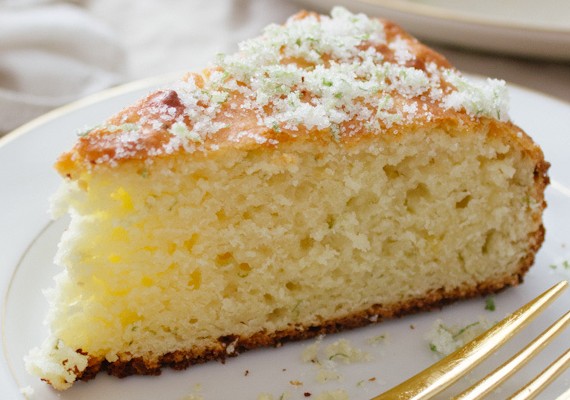
Simple Cake Recipes Carrot Cake Recipe From Scratch Step By Step With Pineapple Jamie Oliver Nigella Easy Moist Martha Stewart In Urdu

Simple Cake Recipes Carrot Cake Recipe From Scratch Step By Step With Pineapple Jamie Oliver Nigella Easy Moist Martha Stewart In Urdu

Simple Cake Recipes Carrot Cake Recipe From Scratch Step By Step With Pineapple Jamie Oliver Nigella Easy Moist Martha Stewart In Urdu

Simple Cake Recipes Carrot Cake Recipe From Scratch Step By Step With Pineapple Jamie Oliver Nigella Easy Moist Martha Stewart In Urdu
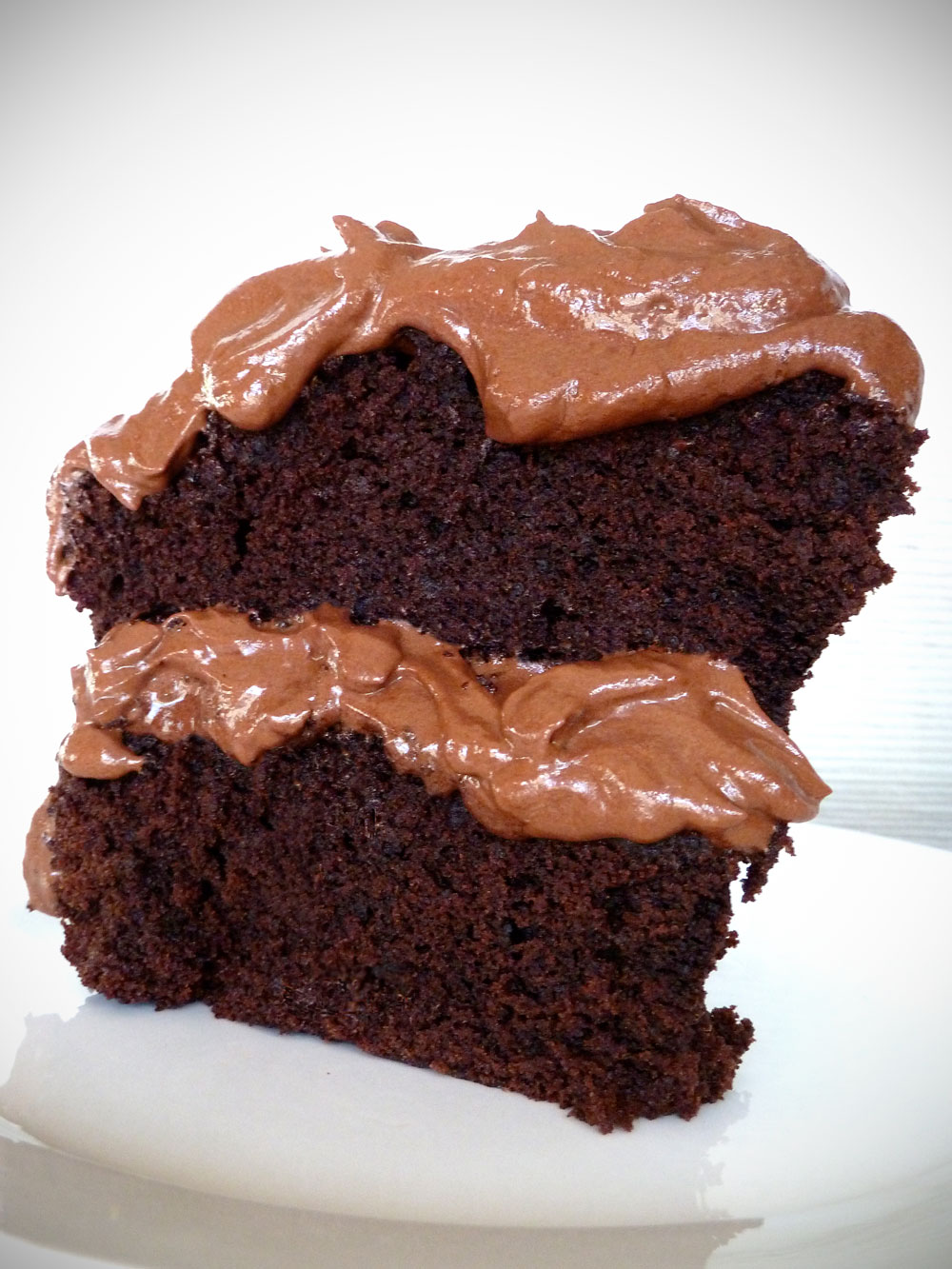
Simple Cake Recipes Carrot Cake Recipe From Scratch Step By Step With Pineapple Jamie Oliver Nigella Easy Moist Martha Stewart In Urdu
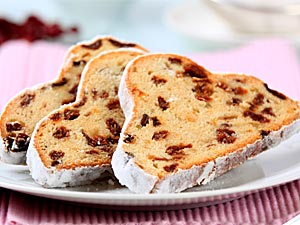
Simple Cake Recipes Carrot Cake Recipe From Scratch Step By Step With Pineapple Jamie Oliver Nigella Easy Moist Martha Stewart In Urdu
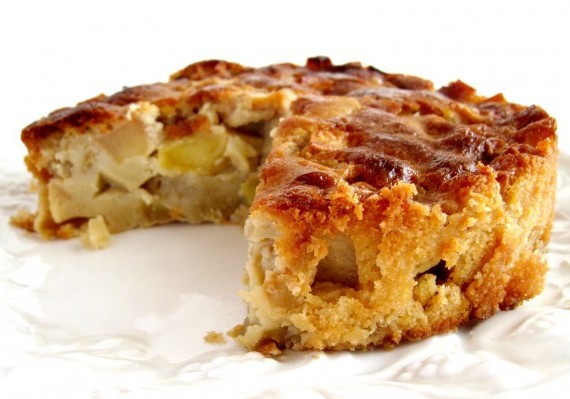
Simple Cake Recipes Carrot Cake Recipe From Scratch Step By Step With Pineapple Jamie Oliver Nigella Easy Moist Martha Stewart In Urdu
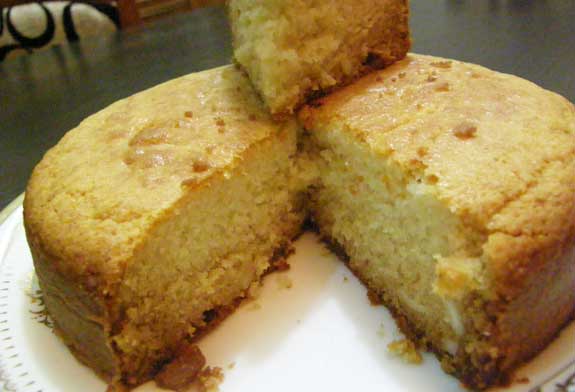
Simple Cake Recipes Carrot Cake Recipe From Scratch Step By Step With Pineapple Jamie Oliver Nigella Easy Moist Martha Stewart In Urdu

Simple Cake Recipes Carrot Cake Recipe From Scratch Step By Step With Pineapple Jamie Oliver Nigella Easy Moist Martha Stewart In Urdu
No comments:
Post a Comment